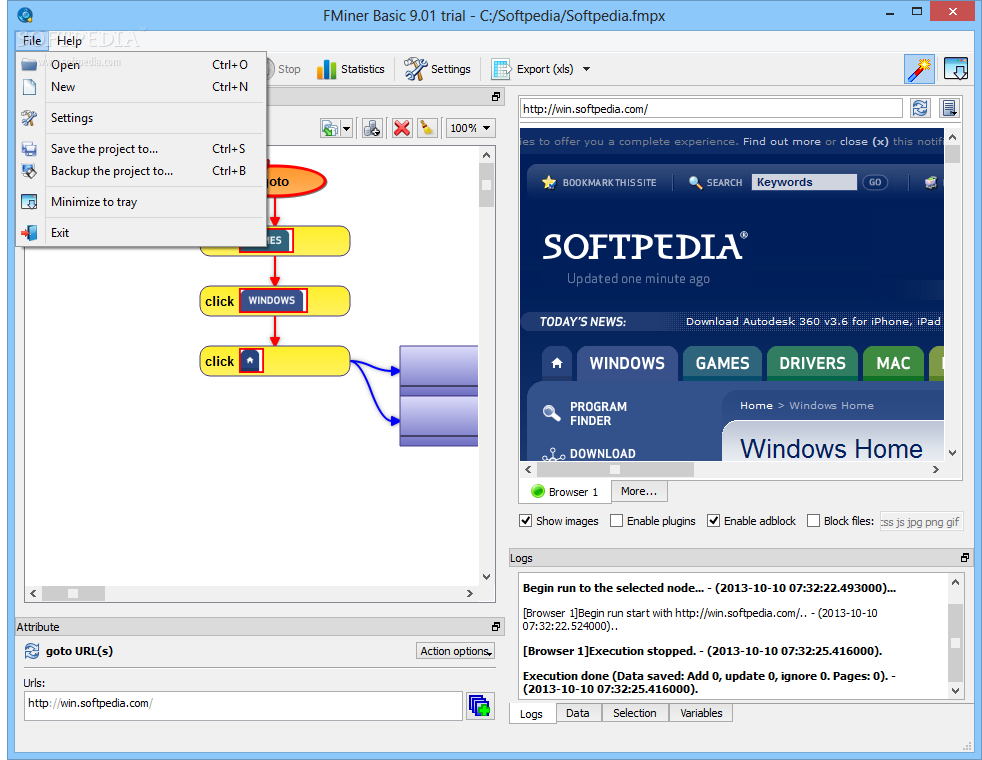

The public health emergency ends May 11, and the CDC will no longer have the legal authority to require all labs to report coronavirus testing results. More: As states cut Medicaid, some fear they'll mistakenly end coverage for millions of eligible people Nirav Shah, the CDC’s principal deputy director. "COVID-19 remains a risk and CDC remains committed to preventing severe illness and deaths associated with COVID-19, particularly for those who are at higher risk," said Dr. The latest data shows more than 1,000 Americans are dying from COVID every week, far below the peak in January 2021 when more than 23,000 people died in a week.

Officials emphasized the new method of tracking the virus − including hospitalizations, wastewater analysis and genomic surveillance − will provide actionable information for national and local health officials and the public to track virus trends. The news comes as the World Health Organization said Friday that COVID-19 is no longer a global emergency even though the pandemic has not ended.ĬDC officials described the reporting changes as a better fit for the current phase of COVID-19. Another change: The color-coded community maps showing cases by county will be replaced by another measure based on hospital admissions. shifts to weekly surveillance of deaths and hospitalizations. In another landmark change to how the nation tracks COVID-19, the Centers for Disease Control and Prevention will halt efforts to count daily cases and instead shift surveillance to hospitalizations or death, similar to tracking the flu.ĭaily reporting of COVID-19 cases is ending as the public health emergency concludes May 11 and the U.S.


 0 kommentar(er)
0 kommentar(er)
